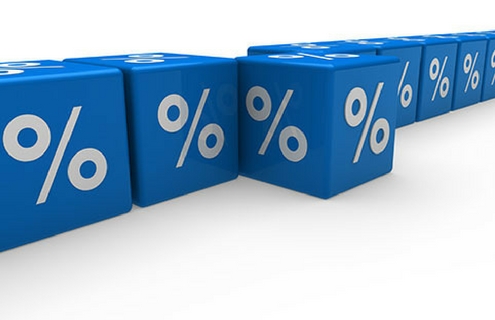Risk retention groups (RRGs) collectively reported $1.9 billion of direct written premium through Q2, a decrease of nearly 1 percent over the same period the previous year, according to Demotech’s senior financial analyst Douglas Powell.
Powell’s quarterly report found that the direct premium written to policyholders’ surplus ratio for RRGs collectively through Q2 was 83.4 percent, while the net premium written stood at 48.6 percent.
Since Q2 the report revealed that cash and investment assets, total admitted assets and total liabilities all decreased.
Cash and invested assets decreased by 1.2 percent, total admitted assets by 1.9 percent and total liabilities by 3.1 percent, while policyholders’ surplus remained stable, showing an increase of 1 percent.
It also found, liquidity, as measured by liabilities to cash and invested assets, was 68.1 percent in the during the same period.
In the report, Powell said: “These reported results indicate that RRGs are adequately capitalised in aggregate and able to remain solvent if faced with adverse economic conditions or increased losses.”
When analysing the income statement, it showed the loss ratio for RRGs collectively, as measured by losses and loss adjustment expenses incurred to net premiums earned, through Q2 was 73.5 percent.
Powell concluded: “Despite political and economic uncertainty, RRGs remain financially stable and continue to provide specialised coverage to their insureds. The financial ratios calculated based on the reported results of RRGs appear to be reasonable, keeping in mind that it is typical and expected that insurers’ financial ratios tend to fluctuate over time.”
He added: ”The results of RRGs indicate that these specialty insurers continue to exhibit financial stability.”


